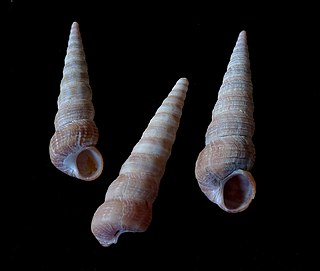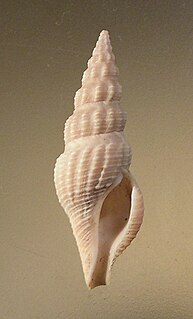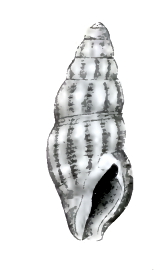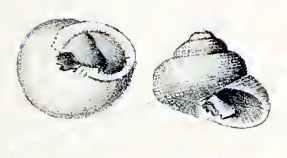| Conus gratacapii | |
|---|---|
 | |
| Original photo of a shell of Conus gratacapii | |
| Scientific classification | |
| Kingdom: | Animalia |
| Phylum: | Mollusca |
| Class: | Gastropoda |
| Clade: | Caenogastropoda |
| Clade: | Hypsogastropoda |
| Clade: | Neogastropoda |
| Superfamily: | Conoidea |
| Family: | Conidae |
| Genus: | Conus |
| Species: | C. gratacapii |
| Binomial name | |
| Conus gratacapii Pilsbry, 1904 | |
| Synonyms [1] | |
| |
Conus gratacapii is a species of sea snail, a marine gastropod mollusk in the family Conidae, the cone snails and their allies. [1]

Sea snail is a common name for snails that normally live in salt water, in other words marine gastropods. The taxonomic class Gastropoda also includes snails that live in other habitats, such as land snails and freshwater snails. Many species of sea snails are edible and exploited as food sources by humans.
Family is one of the eight major hierarchical taxonomic ranks in Linnaean taxonomy; it is classified between order and genus. A family may be divided into subfamilies, which are intermediate ranks between the ranks of family and genus. The official family names are Latin in origin; however, popular names are often used: for example, walnut trees and hickory trees belong to the family Juglandaceae, but that family is commonly referred to as being the "walnut family".

Conidae, with the current common name of "cone snails," is a taxonomic family of predatory sea snails, marine gastropod molluscs in the superfamily Conoidea.
Contents
Like all species within the genus Conus, these snails are predatory and venomous. They are capable of "stinging" humans, therefore live ones should be handled carefully or not at all.
This species is named for Mr. L. P. Gratacap, of the American Museum of Natural History.

The American Museum of Natural History, located on the Upper West Side of Manhattan, New York City, is one of the largest natural history museums in the world. Located in Theodore Roosevelt Park across the street from Central Park, the museum complex comprises 28 interconnected buildings housing 45 permanent exhibition halls, in addition to a planetarium and a library. The museum collections contain over 33 million specimens of plants, animals, fossils, minerals, rocks, meteorites, human remains, and human cultural artifacts, of which only a small fraction can be displayed at any given time, and occupies more than 2 million square feet. The museum has a full-time scientific staff of 225, sponsors over 120 special field expeditions each year, and averages about five million visits annually.














